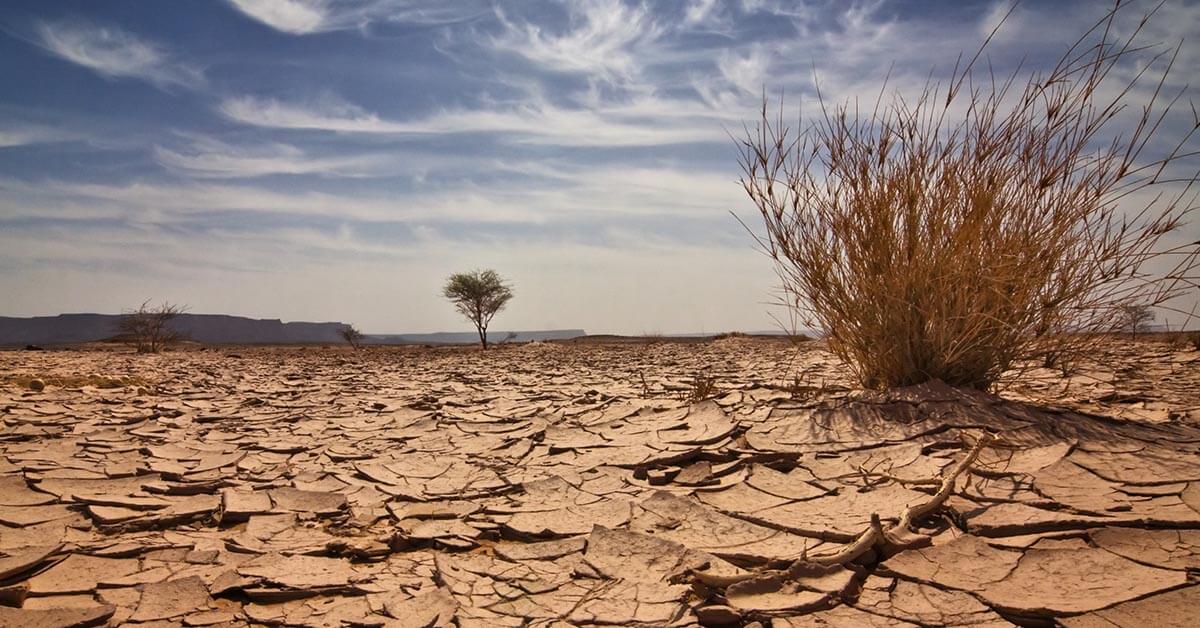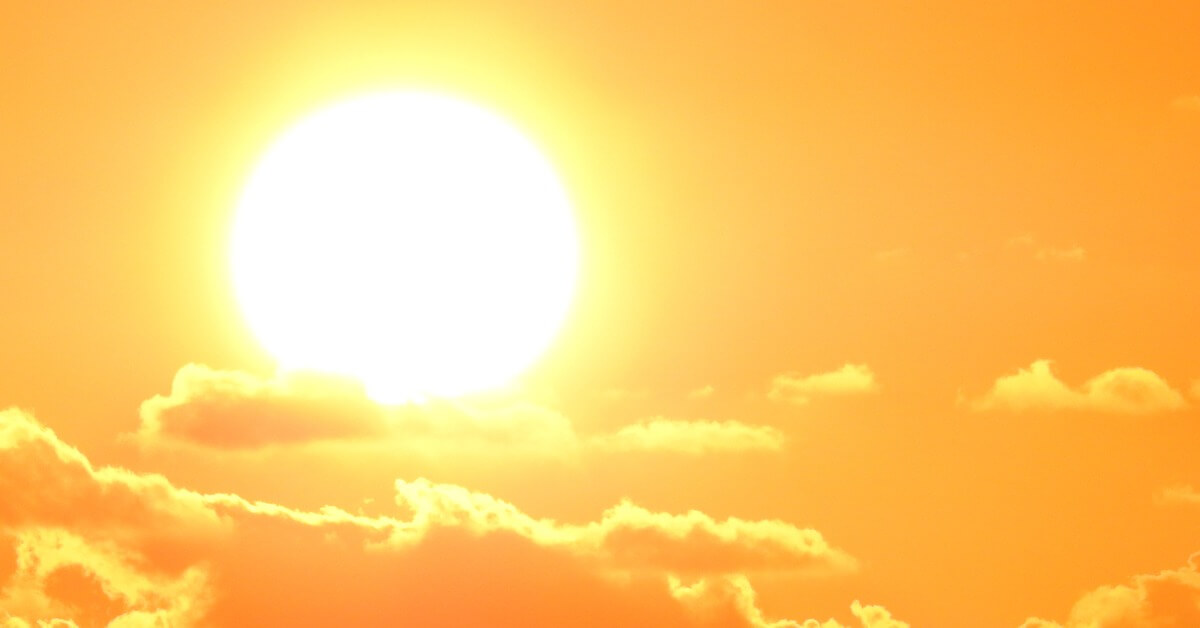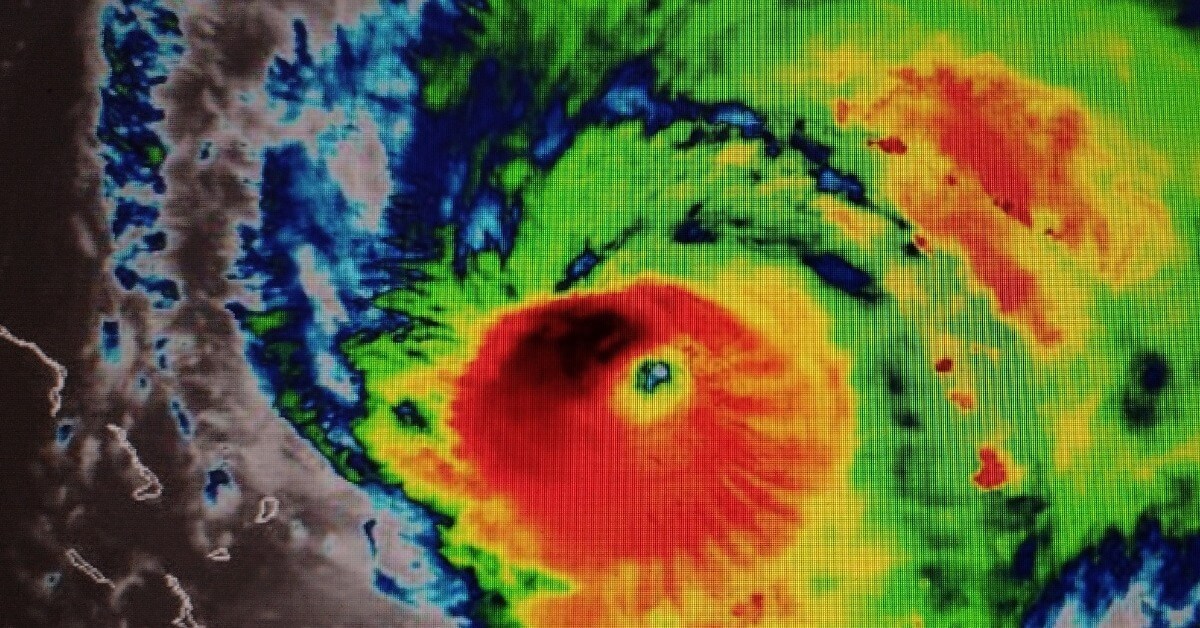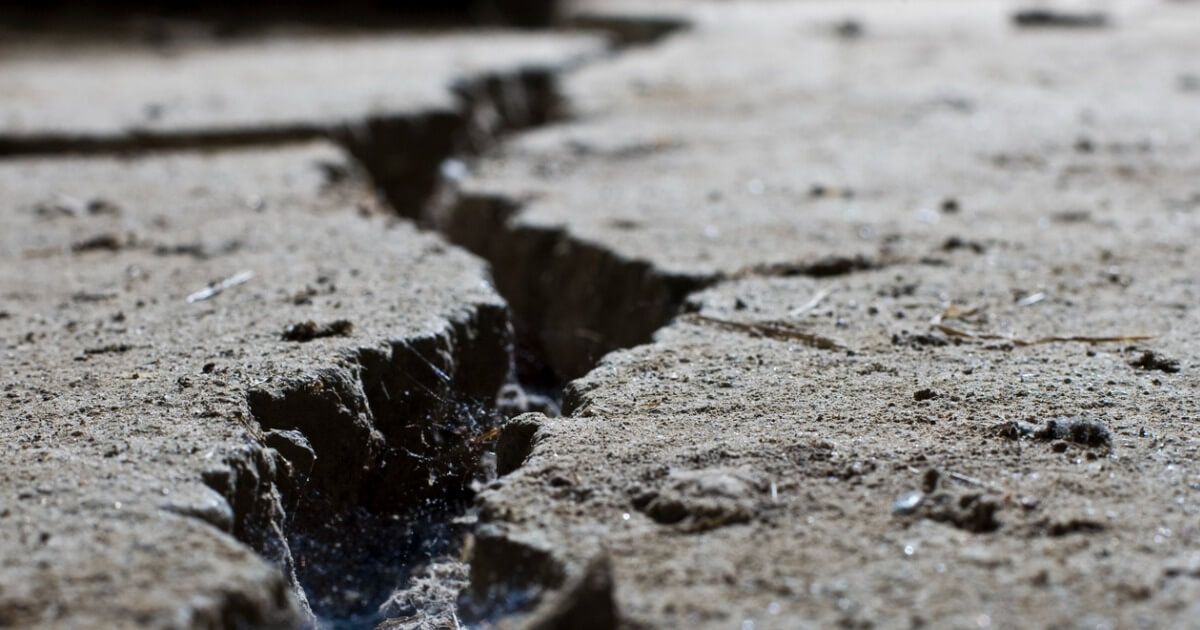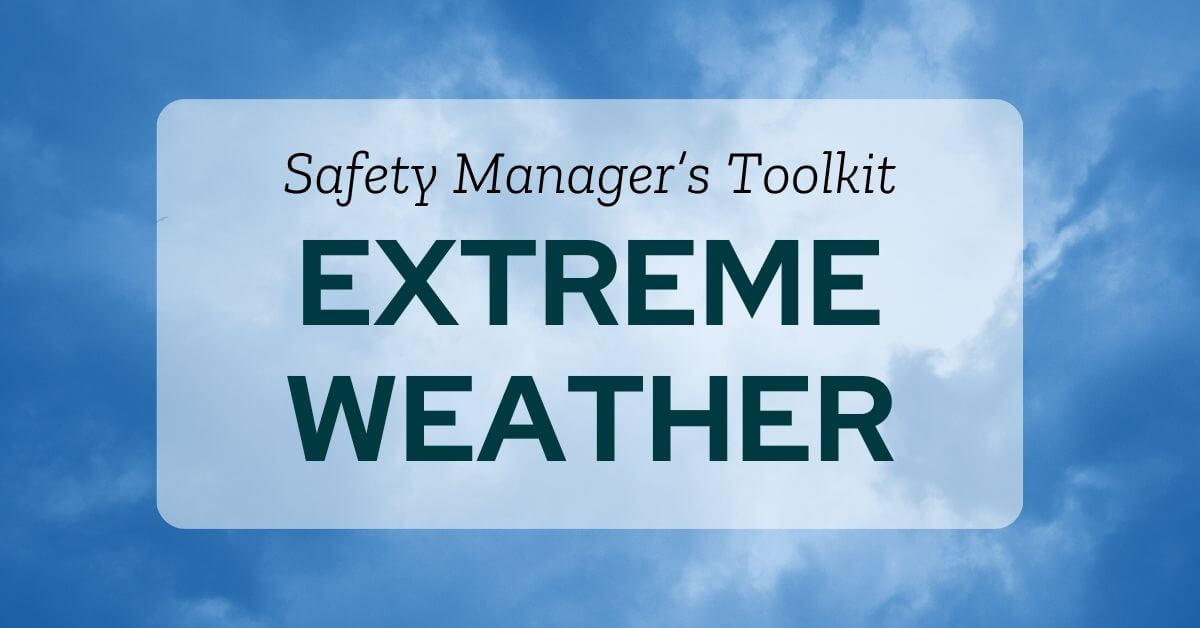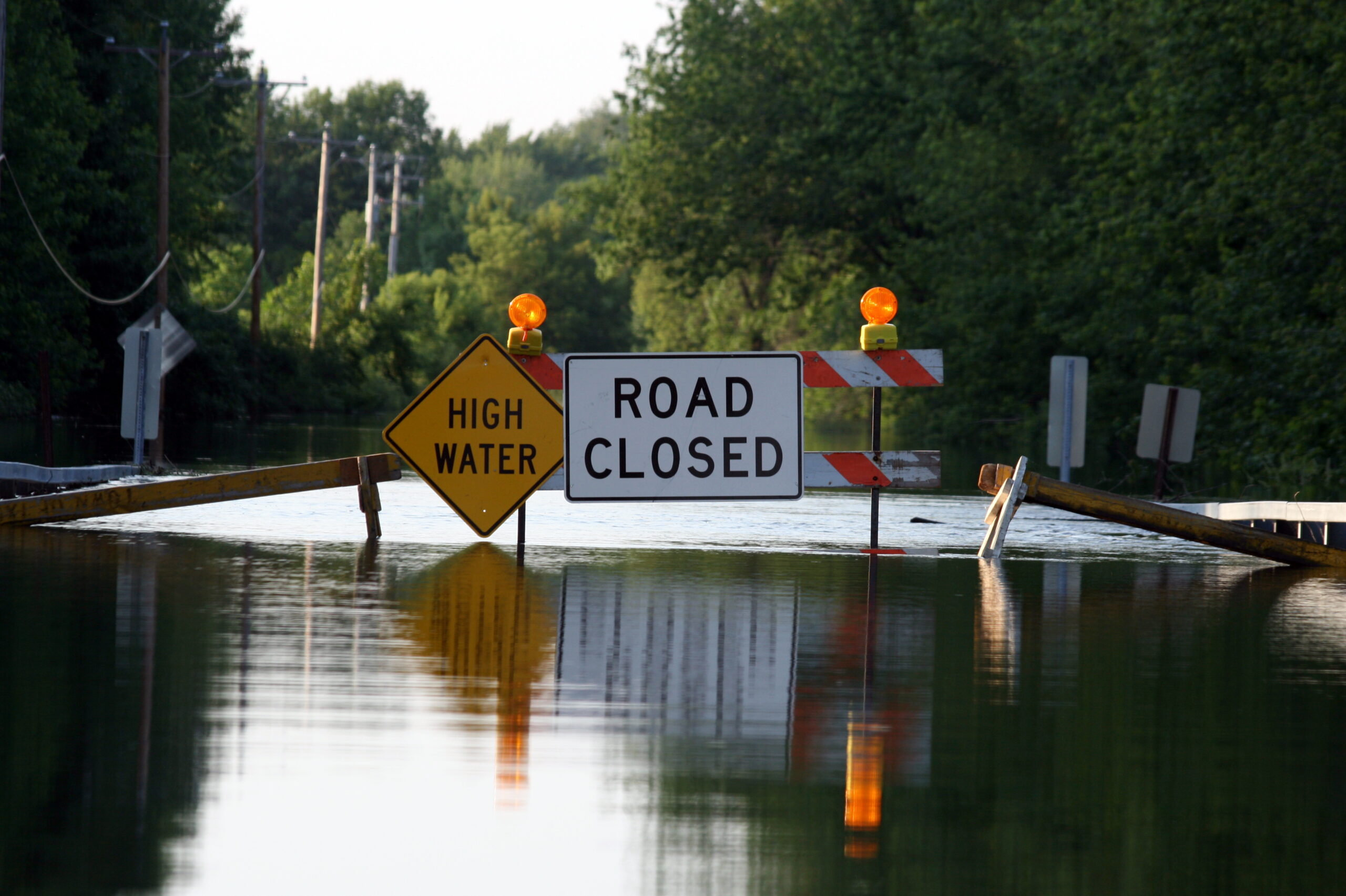Extreme weather events are becoming increasingly common across the globe, causing widespread damage and disrupting daily life.
In many parts of the country, the change in seasons brings on some CRAZY weather. Cue the Wizard of Oz theme song.
So, how do we prepare for tornadoes and straight-line winds? Let’s follow the three Ps we use for all extreme weather preparation:
- Plan
- Prepare
- Practice
Let’s dive into these three Ps
The First P
PLAN for Tornado and Straight-Line Wind Safety
How do we plan for these events?
OSHA has put together a thorough Tornado Preparedness Guide with some great checklists and resources.
- Learn your community’s warning systems
- Purchase a NOAA weather alert radio
Know the difference between a tornado warning and a tornado watch
Tornado Watch: Tornadoes are likely to occur in the watch area. Be ready to act quickly and take shelter, and check supply kits. Monitor radio and television stations for more information.
Tornado Warning: Imminent threat – A tornado has been sighted in the area or has been indicated by radar. Take shelter immediately.
The Second P
PREPARE for Tornadoes and Straight-Line Winds
Why should we prepare for tornadoes and straight-line winds?
According to OSHA, “In an average year, 800 tornadoes are reported throughout the nation. The most violent tornadoes may have wind speeds of 250 mph or more and may last for over an hour. Sometimes multiple tornadoes may occur at the same time. Tornadoes can appear rapidly, so it is important to be familiar with the signs in order to stay prepared.”
Create a tornado emergency plan
- Identify a safe place to shelter
- Sketch floor plan marking
- secondary exits
- first aid kits
- fire extinguishers
- utility switches
- Gather emergency food and water
- Establish any necessary special procedures
- Note emergency contact phone numbers
- Communicate and provide training for your tornado emergency plan.
- Take steps to eliminate hazards by securing items that could become debris.
- Gather necessary equipment. Ready.gov has a solid list emergency supply kit essentials.
The Third P
PRACTICE Responding to Tornadoes and Straight-Line Winds
Conduct drills to ensure all workers know what to do in case of an emergency.
Take into consideration employees with special needs.
Host formal training for employees authorized to shut off utilities.
Clean-up activities can lead to accidents and injury.
Make sure your folks offering clean-up support are trained on chainsaw use and electrical hazards, along with any other relevant topics.
Tornadoes and straight-line winds can be challenging, but we can tackle them head-on with a solid emergency action plan.
By staying informed and taking proactive steps, you can minimize damage and ensure the safety of our workforce and infrastructure.
Whether it’s by regularly checking the local radar, setting up emergency alerts, or running drills, there are plenty of ways to prepare for tornadoes and straight-line winds .
Subscribe to the blog to get best practices for responding to extreme weather events. We’ll be posting a new article monthly.
With a little preparation, we can face any weather challenge with confidence.
Our Better Workforce Blog is your Ultimate Guide!
Stay informed with weekly industry updates, expert insights, best practices, and actionable tips to enhance workplace safety and compliance.

